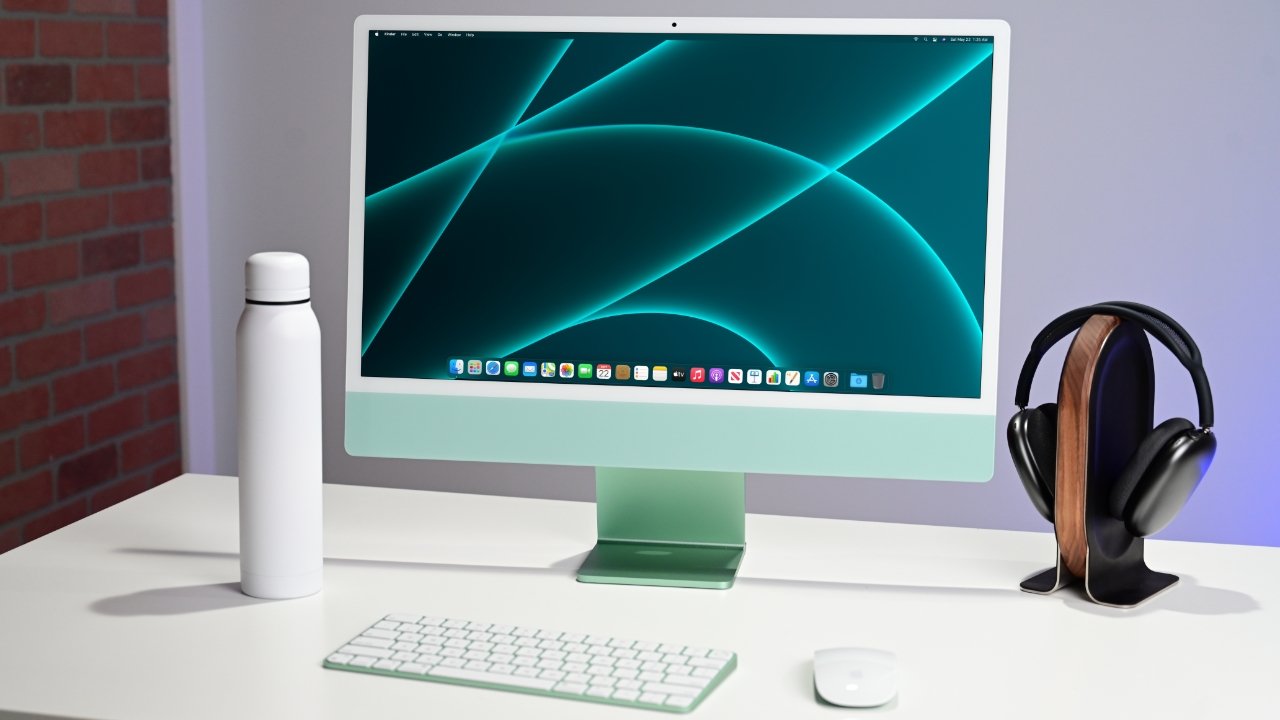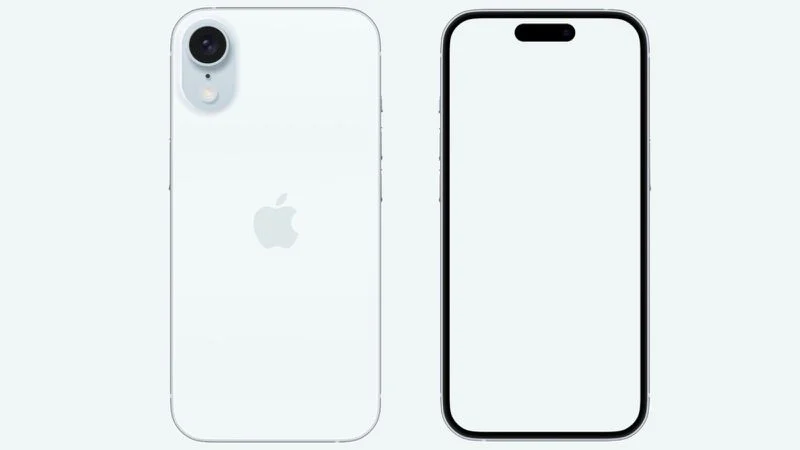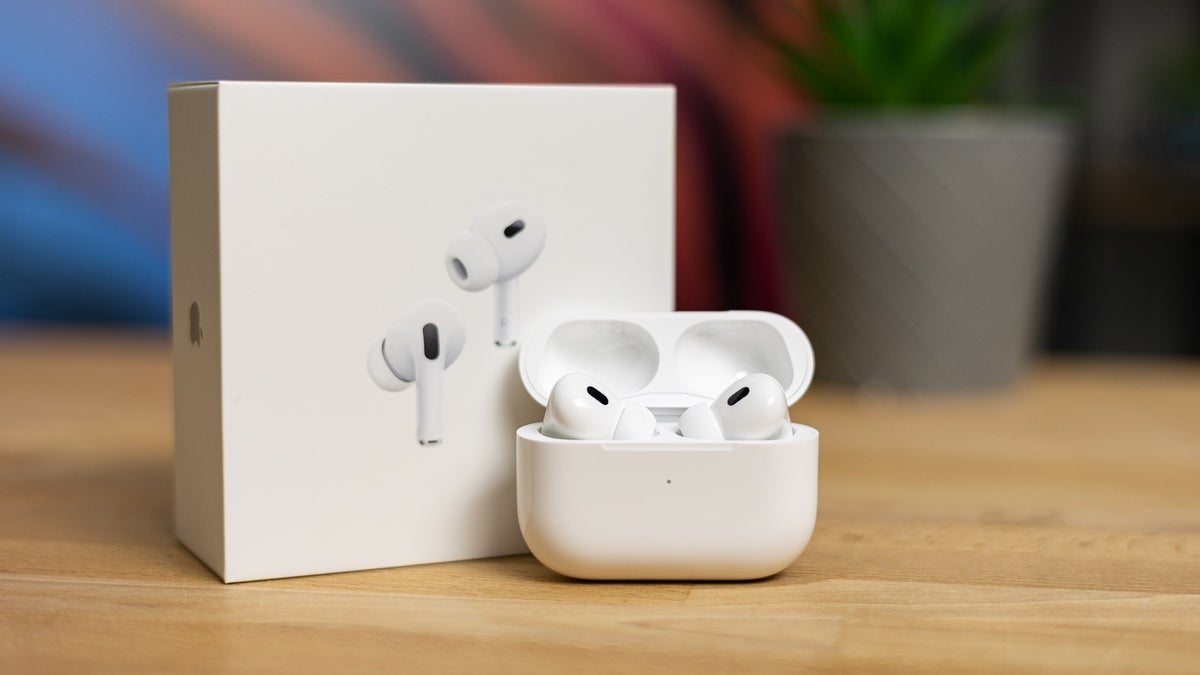The recent 10% tariff on goods from China, introduced by President Trump, is beginning to impact prices in the United States. This tax has to be paid by American businesses or passed on to consumers, forcing companies to decide whether to increase product prices or reduce their profits.
Acer, a major player in the laptop market, has decided to raise its prices by 10%. Jason Chen, the company’s CEO, explained that the price hike is an unavoidable response to the new import tax. This change will affect laptops made in China, with the new prices set to take effect next month. “We must adjust the price for consumers to reflect this tariff,” Chen stated, indicating that a 10% increase is likely.
Despite campaign promises from Trump that tariffs wouldn’t affect consumer prices, there’s now an acknowledgment that costs could indeed rise. For those looking to buy items from China, it might be wise to do so soon, as many companies still have stock bought before the tariff was implemented, which they can sell at current prices.
In the U.S., nearly 80% of laptops come from China, and the Consumer Technology Association warns that these tariffs could add up to $143 billion to the cost for American consumers, potentially leading to lower sales. This association counts Apple as one of its key members.
Acer is contemplating shifting some of its manufacturing out of China, though significant barriers make this challenging. There’s also talk of possibly manufacturing in the U.S., but this seems more like a political gesture since another Trump tariff could impose up to a 100% tax on imported components.
Meanwhile, Apple has not yet adjusted its prices, choosing to absorb the tariff costs for the time being. This decision might not last, as they will eventually have to decide between increasing prices or accepting lower profit margins in the U.S. market.




